
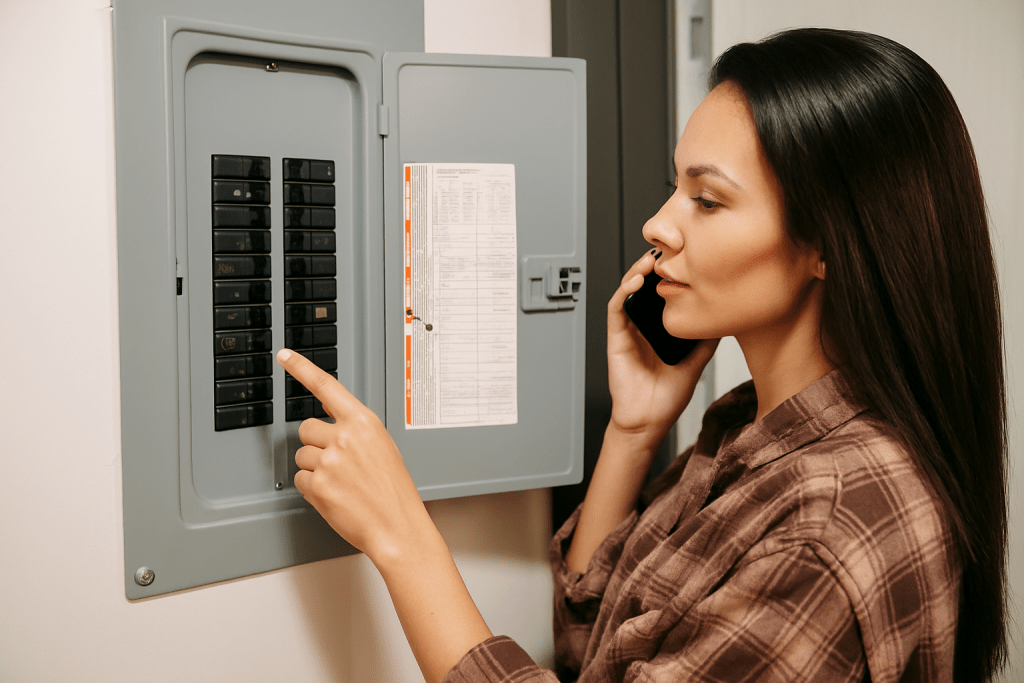
Few things are more frustrating than a power surge. Especially when your air conditioner goes silent. Here in Rainbow Lakes Estates, a reliable AC is essential. So, if your AC not working after a power surge, you need answers.
What happened? What should you do next? This post will guide you. Initially, learn about power surge impact. Then, understand signs of electrical damage. Finally, discover crucial steps to restore your comfort safely.
A power surge is a sudden spike in electricity. It flows through your home’s system. While brief, these surges are powerful. In fact, they can carry thousands of volts. This far exceeds normal appliance voltage. Your AC unit has sensitive electronics and motors. Consequently, it is very vulnerable to these electrical events.
When your AC not working after a power surge, critical internal components are likely damaged. These include:
If your AC stopped working after a power surge, follow these safety steps:
What to Do Immediately if Your AC is Not Working After a Power Surge
If your AC stopped working after a power surge, follow these safety steps:
Turn Off the AC at the Thermostat: Set your thermostat to “Off.”
Locate Your Main Electrical Panel: Flip the AC breaker to “OFF.” This action cuts power to the unit. It prevents further damage or risks.
Wait at Least 30 Minutes: This allows components to reset and cool.
Flip the AC Breaker Back to “ON.”
Return to Your Thermostat: Turn the AC back on. Set it to “Cool.” Choose a temperature lower than your room.
Assess the Situation:
If it starts working: Great! The surge might have caused a temporary overload. A reset can sometimes fix this. Still, watch for unusual noises, smells, or performance issues. Some damage can be hidden.
If it still doesn’t work, or if the breaker trips again immediately: Crucially, do not try to force it. Do not reset the breaker repeatedly. Instead, this signals serious internal damage. It requires professional attention.
Beyond the Blackout: Subtle Signs of Power Surge Damage (or Faulty Wiring)
Your AC may seem to turn back on. However, a power surge can leave behind problems. These are often subtle electrical issues. They can also worsen existing faulty wiring. Watch for these signs after a surge:
Frequent Circuit Breaker Trips: Your AC breaker might trip often. This suggests stressed or damaged internal components. They could be drawing too much power.
Strange Noises: Listen for buzzing, humming, or clicking. These sounds can come from your outdoor unit or air handler. They point to damaged electrical parts or loose wiring.
Burning Smells: This is a critical warning. Any smell of burning plastic or electrical components means overheating. Therefore, immediately shut off your AC and call for service.
Reduced Performance: Your AC runs, but it cools poorly. Alternatively, it takes much longer to cool. Damaged parts may struggle to function.
Flickering Lights (When AC Cycles): Do your home lights dim or flicker when your AC cycles on? If so, your unit might be drawing too much power. This suggests damaged components or an electrical problem.
Don’t Risk It: Why Professional AC Repair is Essential After a Power Surge
Dealing with the aftermath of a power surge is complex. Especially when your AC not working, it involves intricate electrical systems. DIY repairs are very dangerous. You risk electrical shock, fire, and more damage to your system.
At Rainbow Lakes AC, we are experts. Brian Lucas and our team serve Dunnellon and beyond. We have over 45 years of experience. We diagnose and repair all AC electrical issues safely. This specifically includes power surge damage. When your AC is not working after a power surge, we understand the urgency. We work to quickly and effectively restore your comfort and peace of mind. Ultimately, Brian’s passion for comfort drives our commitment to every home.
Restore Your Comfort Safely – Contact Rainbow Lakes AC Today!
Is your AC not working after a power surge? Are you noticing electrical trouble signs? Don’t delay. Protect your home, your family, and your investment.
Contact Rainbow Lakes AC today. Get a thorough inspection and professional repair. Your comfort and safety are our top priorities.

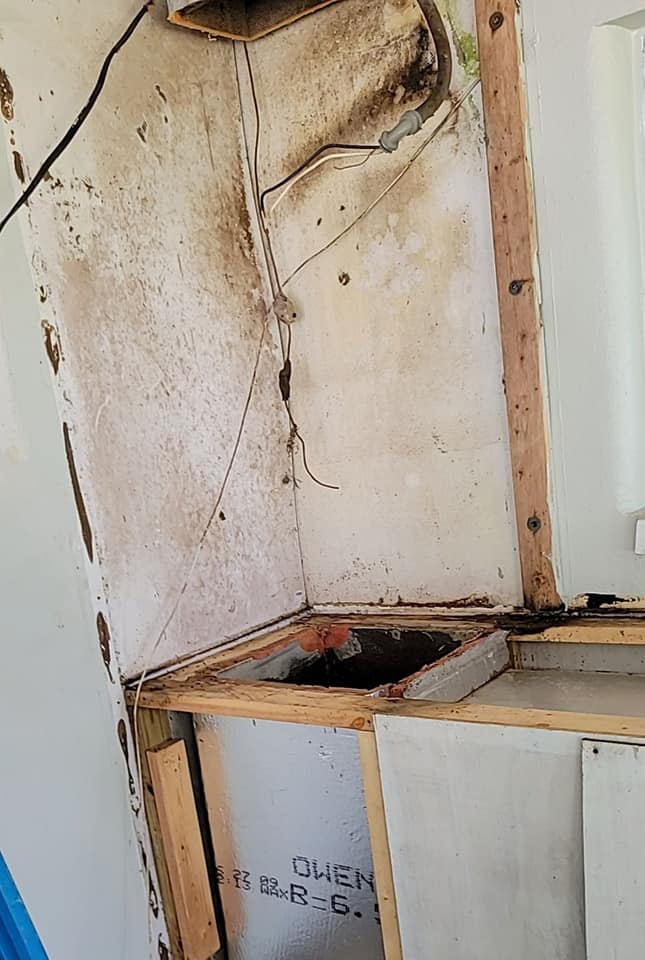
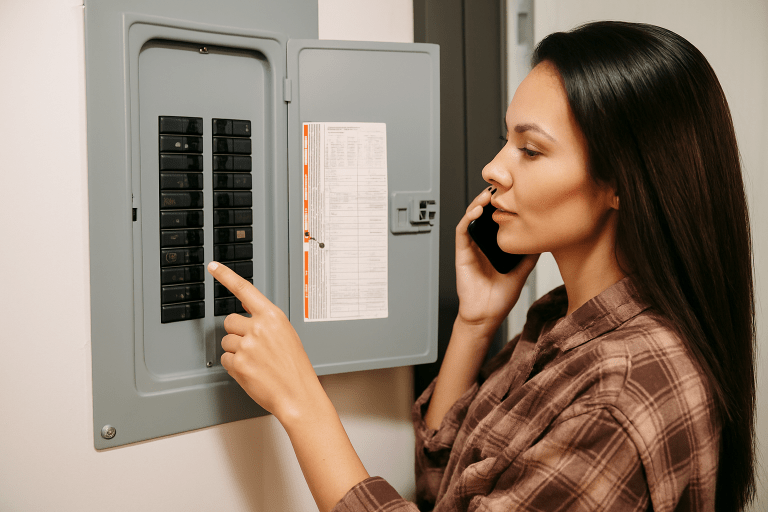
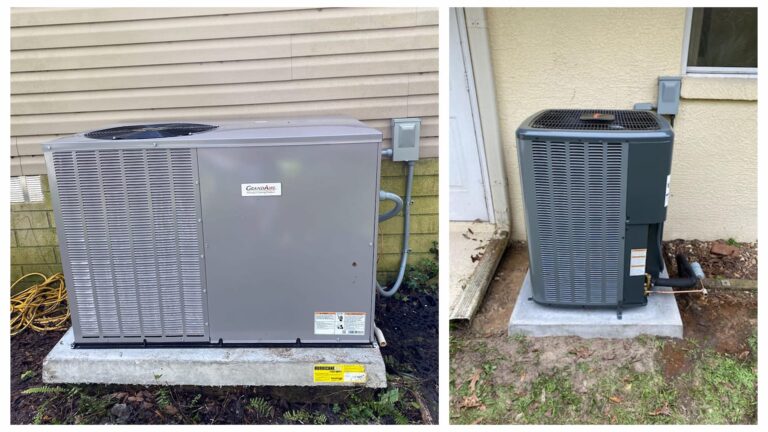
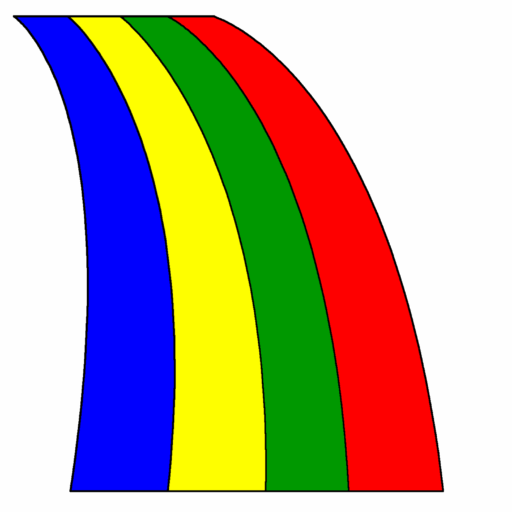
As your trusted HVAC experts since 1978, we are dedicated to ensuring lasting comfort for every home in Dunnellon, FL.